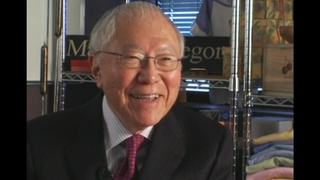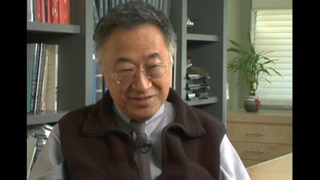Interviews
Mistreating the Japanese community (Spanish)
(Spanish) A somewhat terrible situation developed terrible for those of us in the Japanese community. Why? The Peruvian government broke off diplomatic relations with Japan, and we were mistreated by our neighbors.
I was six years old and going to school; I was one of the youngest, dressed in a children’s military uniform, all dark clothes with a kepi and a shaved head. This was a rule back then, everything just so. The Second World War had not yet started; it was three years before the outbreak of the war [when] they [the Peruvians] started to bother the Japanese community. This is the saddest part of my story that I had to experience. Why do I have to run? Why do they hit me? Why do they make me cry?
Date: September 6, 2007
Location: Lima, Peru
Interviewer: Harumi Nako
Contributed by: Asociación Peruano Japonesa (APJ)








